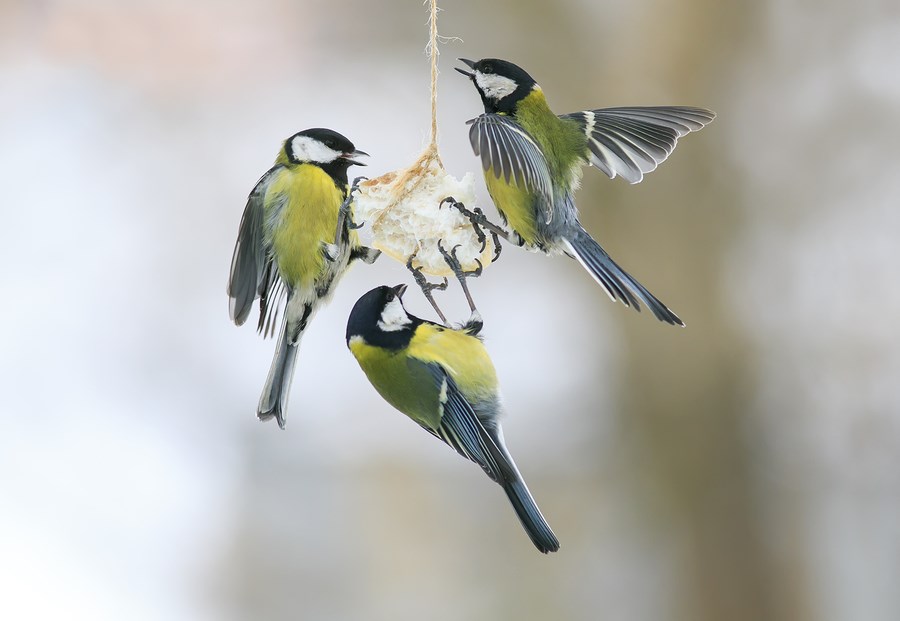The snow is covering my garden, protecting the roots of my perennials, trees and shrubs. Some of my perennials have seed heads which I have left standing to attract birds. The shrubs and taller perennials provide perches and cover for my feathered visitors.
Last year I did not cut the seed heads off my lilacs, something I usually do as soon as they finish blooming. I was surprised this past winter to see birds extracting the seeds, so this year I left the seed heads for the birds. I have also put out my bird feeders this week.
I know many recommend feeding birds year-round, but during the growing season I am not anxious to invite birds into my yard. Enough of them have visited and devoured most of my honeyberries and strawberries, and a portion of my Saskatoons and gooseberries. I don’t mind sharing, but I do like to harvest some myself.
When the temperature dips the birds need to feed almost continually during the day to keep warm during the night. They need high-energy food, which means high in fat content. One of the best foods is black-oil sunflower seeds which have thinner shells than the striped seeds, allowing small birds to crack them. Peanut butter and suet are good high-energy foods. Nijer seeds are great for redpolls, finches and chickadees. The bags of mixed seed sold in stores are not suitable for our cold region in winter. The birds will pick out the sunflower seeds and discard the rest.
The location of feeders is important for keeping the birds safe. Feeders should be located out of the wind wherever possible. A nearby bush or tree allows the birds to survey the feeding area and provide cover for safe refuge from predators. The feeders should be near cover, but
in the open to allow birds
to watch for danger.
Feeders should be sturdy, easy to fill and to clean, large enough for a day’s worth of food, and designed to keep food dry. I prefer plastic feeders because metal feeders get too cold and wooden feeders can be hard to clean. Wire suet feeders are plastic coated.
Platform and hopper feeders, and tube feeders with large ports, are good for larger seeds and birds such as grosbeaks. The tiny nijer seeds are best in tube feeders with tiny ports or with all-around mesh small enough to hold the seeds but large enough for the birds to get the seed out.
Feeding the birds helps them through the tough winter. Watching and identifying them with the help of a good bird guide can be educational and fun for everyone.




